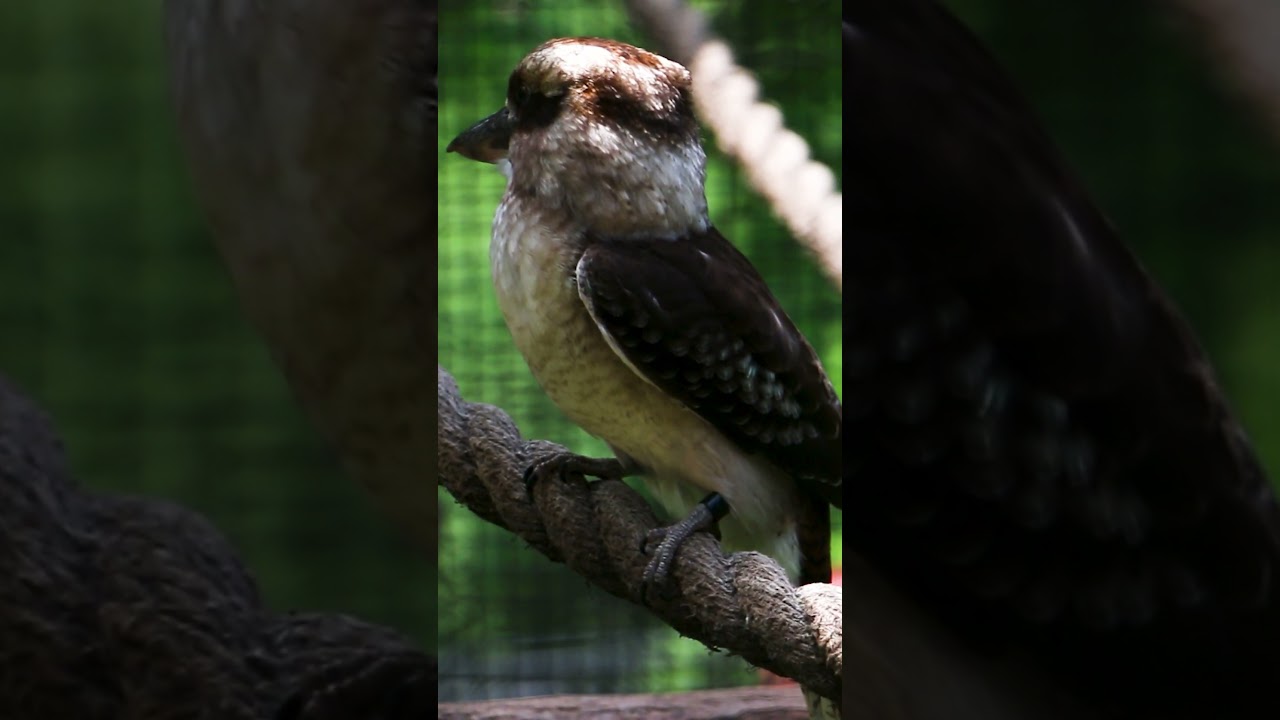Summary:
1. Introduction to the Kookaburra: Learn about the origins and characteristics of this unique bird.
2. Habitat and Behavior: Explore the kookaburra’s natural habitat in the Australian outback and discover its interesting behaviors.
3. Diet and Hunting Techniques: Discover the kookaburra’s specialized diet and incredible hunting skills.
4. Reproduction and Family Life: Learn about the kookaburra’s mating habits and how it raises its young.
5. Conservation Status: Find out about the conservation efforts to protect the kookaburra and its habitat.
Can you hear the laughter of the outback? Well, it might just be the infectious call of the kookaburra, a fascinating and unique bird native to Australia. Known for their distinctive laughter-like call, the kookaburra is a cherished symbol of Australian wildlife. Today, we will dive into the world of these incredible birds and uncover their intriguing and captivating features.
Habitat and Behavior:
In the vast Australian outback, the kookaburra is home in the eucalyptus forests and open woodlands. These birds prefer areas near water bodies, such as rivers and lakes, where they can find their primary source of food – small reptiles, insects, and even small mammals. They also adapt to urban environments, appearing in parks and gardens.
One of the most fascinating aspects of the kookaburra is its behavior. These birds are highly social and live in family groups called troops or packs. They possess a strong sense of hierarchy within their groups, with the dominant pair leading the rest. Each morning and evening, the kookaburras unite to establish their territories using their loud and famous call, which can be heard for miles around.
Diet and Hunting Techniques:
When it comes to hunting, the kookaburra is highly skilled and efficient. It primarily feeds on small animals, including insects, reptiles, and small birds or mammals. To catch its prey, the kookaburra sits quietly on a perch, intently observing its surroundings. Once it spots its target, it swoops with remarkable precision and grabs it with its strong beak. Interestingly, the kookaburra’s beak is specially adapted to catch and hold its prey firmly.
Reproduction and Family Life:
The kookaburra’s breeding season begins in October and November when the weather is warm and favorable. During this time, the dominant pair initiates courtship rituals, which involve mutual grooming, affection displays, and food sharing. Once a pair has formed a bond, they work together to build a nest in tree hollows, often in the same territory they use year after year.
After successful mating, the female kookaburra lays a clutch of two to four eggs. Both parents take turns incubating the eggs, and after an incubation period of around 24-29 days, the chicks hatch. These fluffy and adorable youngsters are cared for by both parents, who bring them food and protect them from harm. As they grow, the young kookaburras engage in playful activities, which help to develop their hunting and social skills.
Conservation Status:
While the kookaburra is not currently classified as a threatened species, it still faces challenges in the wild. Habitat loss due to deforestation is one of the primary concerns for these birds, as the destruction of tree hollows limits their nesting sites. Moreover, pollution and the introduction of non-native species also threaten their survival.
Conservation efforts are underway in Australia to protect the kookaburra and its habitat. These initiatives focus on creating awareness about preserving the natural environment and implementing measures to safeguard the kookaburra’s home. Additionally, establishing protected areas and conservation programs helps ensure the kookaburra’s long-term survival.
In conclusion, the kookaburra is a fascinating bird that enchants us with its unique call and captivating behaviors. From its habitat in the Australian outback to its hunting techniques and family life, this bird offers a glimpse into the beauty and wonder of the natural world. As we continue to appreciate and learn about these incredible creatures, let us also strive to protect them and the habitats they call home. So next time you find yourself in the Australian Adventure at Blank Park Zoo, be sure to listen for the laughter of the outback and say hello to the kookaburras.
*****
Source Description
Can you hear the laughter of the outback? Make sure you check out the kookaburras in the Australian Adventure!


